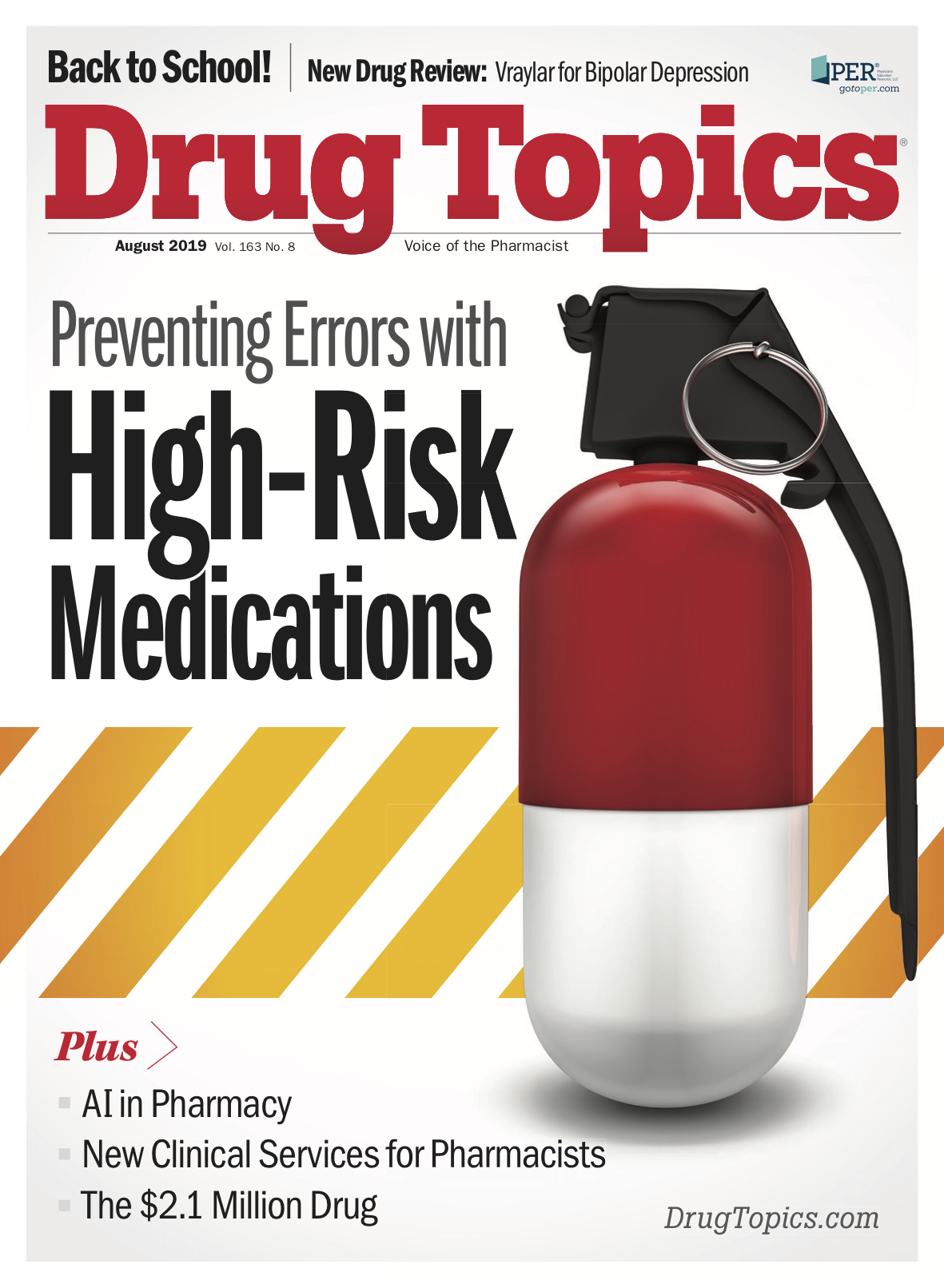How Pharmacists Assist in Opioid Diversion Detection
Results from new ASHP Survey.

Pharmacists play a pivotal role in detecting drug diversion of opioids and identifying ways to facilitate appropriate prescribing, according to new survey results from the American Society of Health System Pharmacies (ASHP).
The National Survey of Pharmacy Practice in Hospital Settings analyzed pharmacist actions relating to drug therapy monitoring and patient education. The survey received 811 responses from directors in general and children’s hospitals in the United States.
Some of the strategies identified to eliminate opioid misuse, include:
- 71%: Providing clinician education and guidelines
- 65%: Use Rx monitoring database searches to track prescribing practices and better understand patient behaviors
- 56%: opioid diversion detection programs
Other findings:
- 71% reported that diversion detection played a crucial role in opioid stewardship programs
- 57%: participatied in clinical utilization review
- 55%: leadership and accountability
- 35%: prescribing support
In a prepared statement, ASHP adds: “Other health-system strategies to prevent opioid misuse include limiting supplies of opioid prescriptions on home discharge, naloxone dispensing or education, opioid medication reconciliation during transitions of care, prescription opioid takeback programs, and medication-assisted opioid addiction management.”
The survey identified four core strategies to encourage appropriate prescribing including monitoring opioid prescribing practices to identify clinician outliers, using clinical decision-support, imposing restrictions on specific opioids or doses, and providing daily feedback to prescribers.
The majority of hospitals (60%) assign pharmacists to provide drug therapy management services to most patients. Drug therapy management activities cited in the survey include selecting appropriate drug therapies, educating and monitoring patients, assessing patient outcomes.
“More than 75% of patients were monitored in more than 60% of hospitals in 2018 compared to just 20% of hospitals in 2000,” ASHP says.
More findings:
- 33% of hospitals have pharmacists monitor all medication therapy
- 47% use electronic health records or clinical surveillance software to identify patients in need of additional pharmacist monitoring.
- Less than 8%, typically smaller hospitals, use a paper-based screening process to identify patients whose medication should be monitored by pharmacists.
- 33% of health systems have pharmacists practicing in primary or specialty care clinics, including anticoagulation, oncology, family medicine, diabetes, cardiovascular disease, and infectious disease.
Survey results were published in ASHP’s American Journal of Health-System Pharmacy in July 2019.
